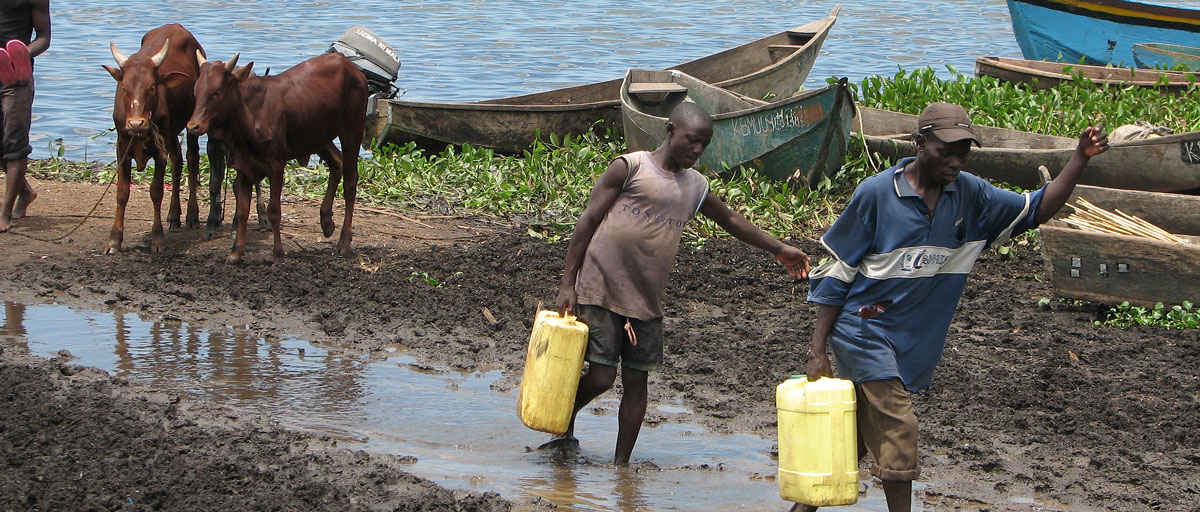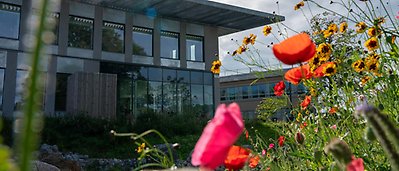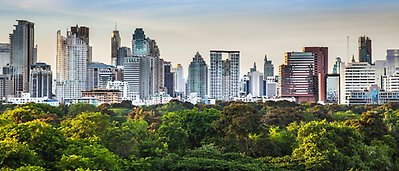Suitability of Water Harvesting in the Upper Blue Nile Basin, Ethiopia: A First Step towards a Mesoscale Hydrological Modeling Framework
Summary
Extreme rainfall variability has been one of the major factors to famine and environmental degradation in Ethiopia. The potential for water harvesting in the Upper Blue Nile Basin was assessed using two GIS-based Multicriteria Evaluation methods: (1) a Boolean approach to locate suitable areas for in situ and ex situ systems and (2) a weighted overlay analysis to classify suitable areas into different water harvesting suitability levels. The sensitivity of the results was analyzed to the influence given to different constraining factors. A large part of the basin was suitable for water harvesting: the Boolean analysis showed that 36% of the basin was suitable for in situ and ex situ systems, while the weighted overlay analysis showed that 6–24% of the basin was highly suitable. Rainfall has the highest influence on suitability for water harvesting. Implementing water harvesting in nonagricultural land use types may further increase the benefit. Assessing water harvesting suitability at the larger catchment scale lays the foundation for modeling of water harvesting at mesoscale, which enables analysis of the potential and implications of upscaling of water harvesting practices for building resilience against climatic shocks. A complete water harvesting suitability study requires socioeconomic analysis and stakeholder consultation.







